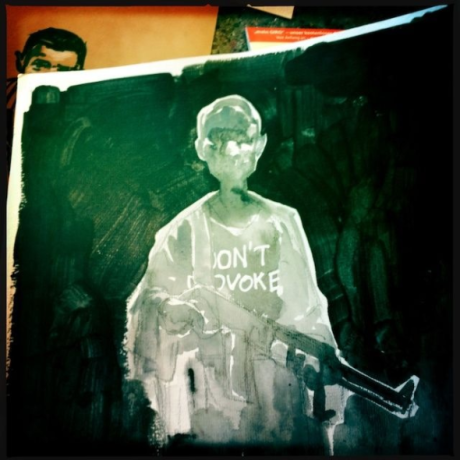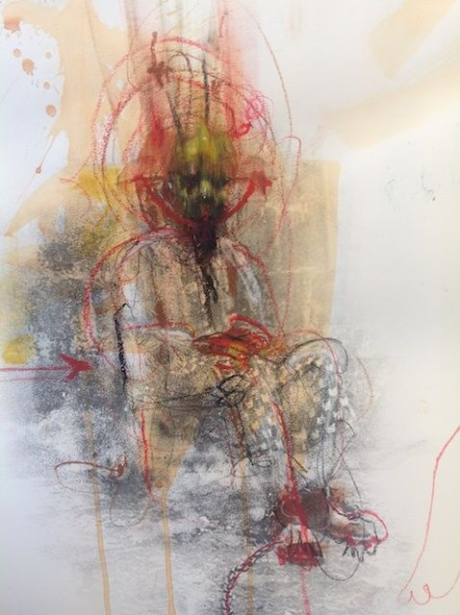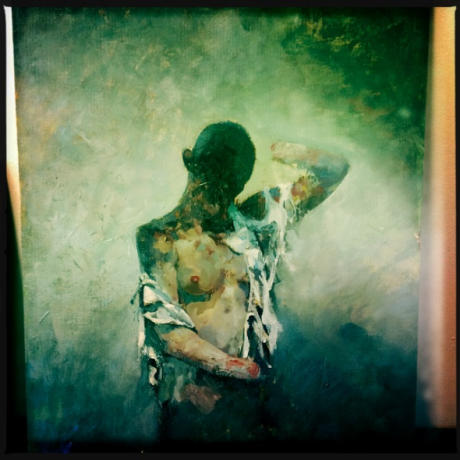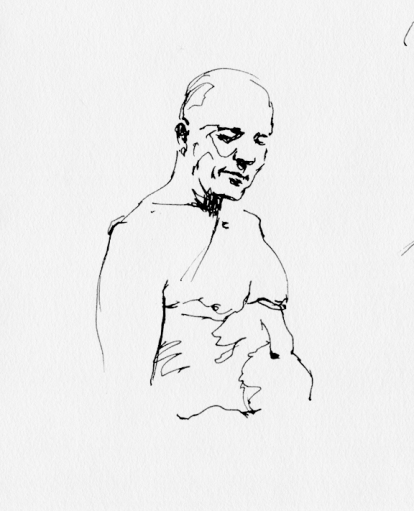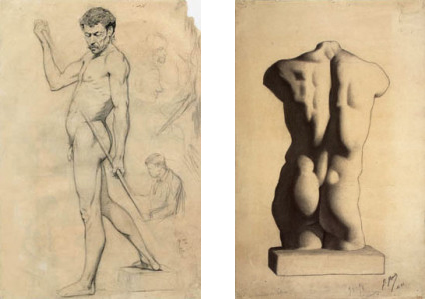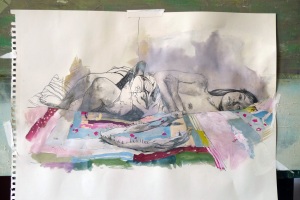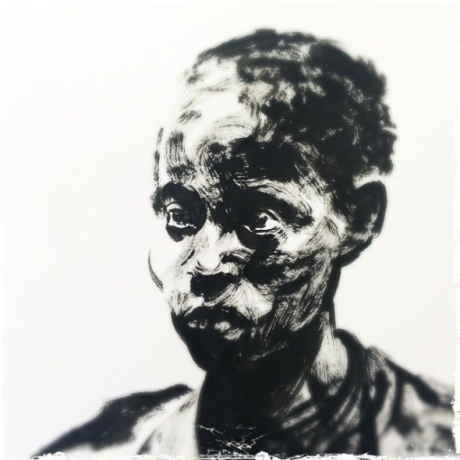 George Pratt, an instructor I had at Pratt (no relation), recently took part with other artists in the Black.Light Project. The project deals with the Charles Taylor wars in West Africa and their aftermath, and blends photography by Wolf Böwig, text by Pedro Rosa Mendes, and art by the various artists. The goal of the Black.Light Project was for the artists to give voice to those in West Africa who cannot speak for themselves.
George Pratt, an instructor I had at Pratt (no relation), recently took part with other artists in the Black.Light Project. The project deals with the Charles Taylor wars in West Africa and their aftermath, and blends photography by Wolf Böwig, text by Pedro Rosa Mendes, and art by the various artists. The goal of the Black.Light Project was for the artists to give voice to those in West Africa who cannot speak for themselves.
George has a pretty stellar blog post about a workshop the artists took place in in Germany: http://georgepratt.wordpress.com/2012/09/12/the-black-light-project/. It’s a pretty long post, but it gives you a great behind the scenes look at a bunch of talented people working together for a great cause. What could be a better endeavor? Plus the post is filled with a ton of great drawing and painting. I highly recommend you give it a gander.

